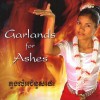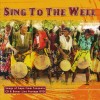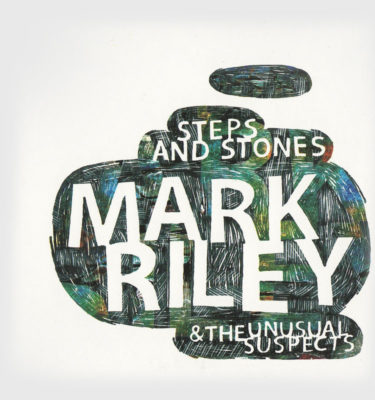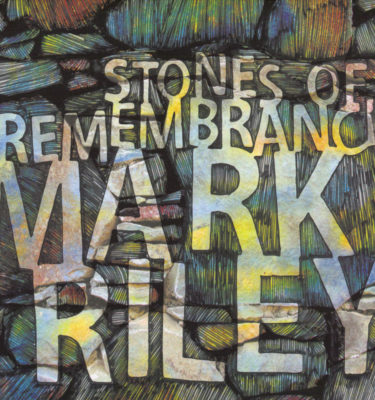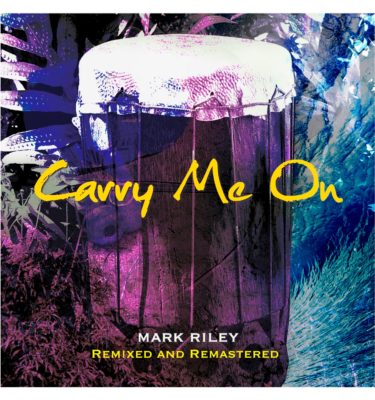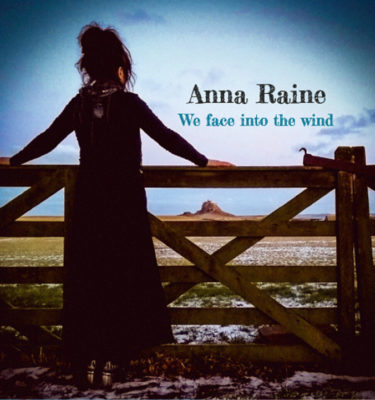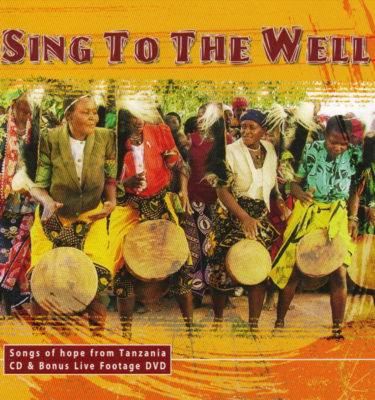One of the first Latin rhythms I had to master as a young drummer when playing cabaret nights, was the bossa nova. Developed in the late 1950’s and early 1960’s in Rio de Janeiro, the literal Portuguese translation is “new trend” or “new wave”.
Known by some as the “Father of Bossa Nova” Brazilian guitarist Joao Gilberto was pivotal in coming up with this original take on samba. His classic 1964 recording with Stan Getz, titled Getz/Gilberto, brought bossa nova to a worldwide audience and the magazine Rolling Stone included the recording in its best albums of all time.
But who was the drummer who is credited with the bossa beat? Antonio de Souza, a Brazilian drummer whose pseudonym was “Milton Banana”. A self-taught musician who played in many dance bands and clubs and became a busy session musician in the early days of bossa nova. He first debuted as a recording artist in 1959, participating in Joao Gilberto’s first album, Chega de Saudade. Later he formed the Milton Banana Trio which at the time was unique, in that, it was unusual for a drummer to be leading a group. This trio recorded ten albums. Listen to his playing here.
The classic bossa nova track that everyone might know is “The Girl from Ipanema” written by Moraes and Jobim. Antonio Carlos Jobim, another father of bossa nova, is considered to be one of the most-celebrated songwriters of the 20th Century. His amazing repertoire of songs have been performed by singers and instrumentalists all over the world since the early 1960s. I would like to introduce you to a personal favourite Jobim song of mine – Águas de Março – Waters of March. A duet with Elis Regina, it is a wonderful lyrical exploration of the rainiest month of the year. Here are the lyrics in English.
A stick, a stone, it’s the end of the road
It’s the rest of a stump, it’s a little alone
It’s a sliver of glass, it is life, it’s the Sun
It is night, it is death, it’s a trap, it’s a gun
The oak when it blooms, a fox in the brush
The knot in the wood, the song of a thrush
The wood of the wind, a cliff, a fall
A scratch, a lump, it is nothing at all
It’s the wind blowing free, it’s the end of the slope
It’s a beam it’s a void, it’s a hunch, it’s a hope
And the river bank talks of the waters of march
It’s the end of the strain, it’s the joy in your heart
The foot, the ground, the flesh and the bone
The beat of the road, a slingshot’s stone
A fish, a flash, a silvery glow
A fight, a bet, the range of a bow
The bed of the well, the end of the line
The dismay in the face, it’s a loss, it’s a find
A spear, a spike, a point, a nail
A drip, a drop, the end of the tale
A truckload of bricks in the soft morning light
The shot of a gun in the dead of the night
A mile, a must, a thrust, a bump
It’s a girl, it’s a rhyme, it’s a cold, it’s the mumps
The plan of the house, the body in bed
And the car that got stuck, it’s the mud, it’s the mud
A float, a drift, a flight, a wing
A hawk, a quail, the promise of spring
And the river bank talks of the waters of march
It’s the promise of life, it’s the joy in your heart
A snake, a stick, it is john, it is joe
It’s a thorn in your hand and a cut in your toe
A point, a grain, a bee, a bite
A blink, a buzzard, a sudden stroke of night
A pin, a needle, a sting, a pain
A snail, a riddle, a wasp, a stain
A pass in the mountains, a horse and a mule
In the distance the shelves rode three shadows of blue
And the river bank talks of the waters of march
It’s the promise of life in your heart, in your heart
A stick, a stone, the end of the road
The rest of a stump, a lonesome road
A sliver of glass, a life, the Sun
A knife, a death, the end of the run
And the river bank talks of the waters of march
It’s the end of all strain, it’s the joy in your heart
Although the bossa nova rhythm is often associated with jazz melodies, many artists down the years, from many different genres have used it as a foundation to their music. In 2021 Billie Eilish explored this theme on her album Happier Than Ever with a song called Billie Bossa Nova.

